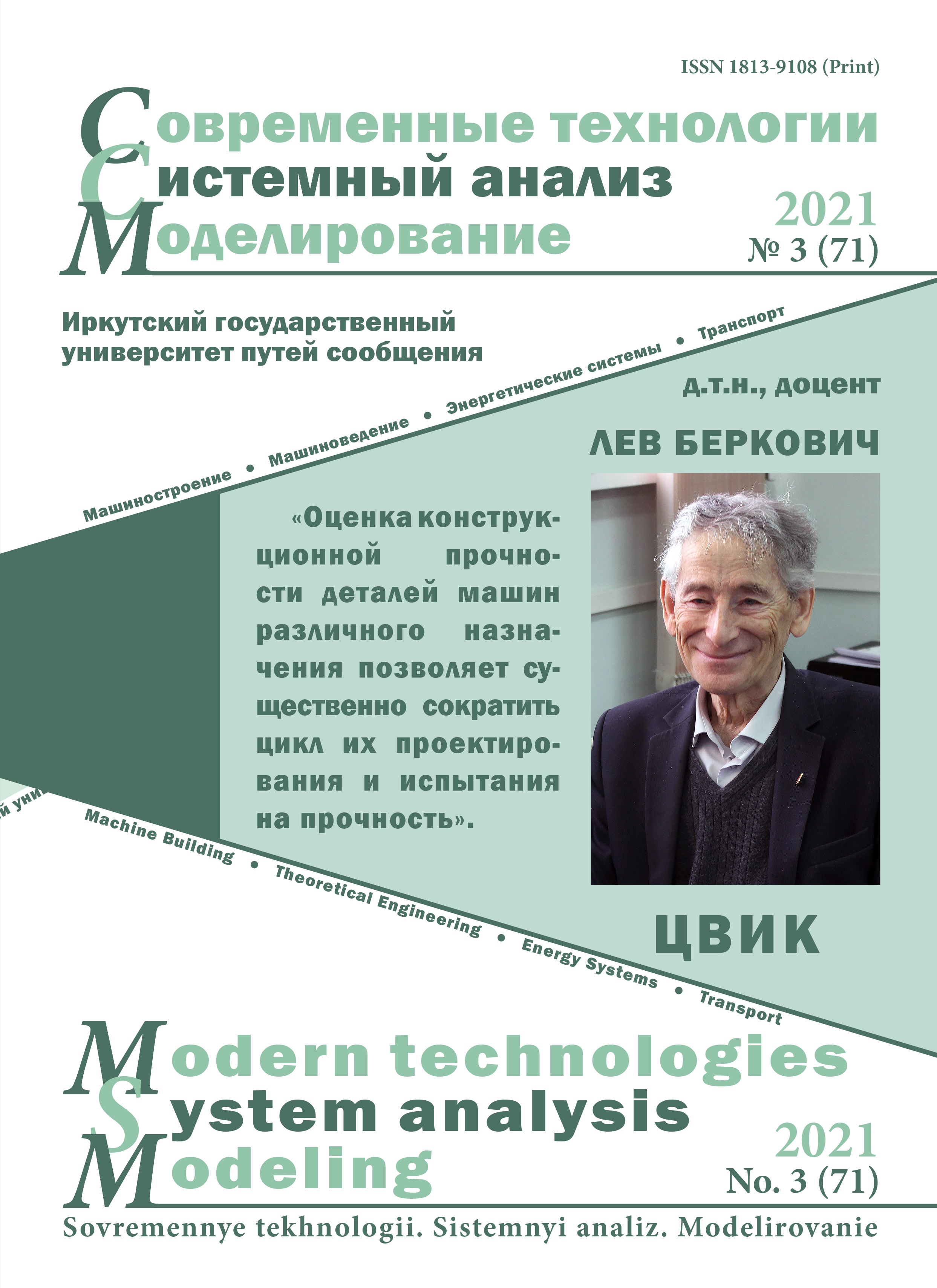Management of technological processes of photopolymerization
Keywords:
photopolymer, polymerization, work hardening, raster, raster hardeningAbstract
In the article the concept of photopolymer is studied, as well as its UV radiation of zone A and zone C and the general mechanism of polymerization of photocurable compositions. Advantages and flaws of a Photopolymer ROEHM R-50 were studied. As to the photopolymer's flaws, the task was to develop a method for obtaining composite structural photopolymers. Based on this, the terminological speciphics of the concept of composite materials (composite) are considered. One of the methods of product strengthening in mechanical engineering used on the railway, the so-called work hardening is considered as well as its concept and production in the process of plastic deformation and its graphic illustration is shown in cross section. Also, the change in the mechanical characteristics of the initial material is shown. Formation of a hardened layer on the surface of the product is also considered. The technique for photopolymer product hardening is proposed based on the analysis of the work hardening, using raster (raster hardening), which in turn is identical to the work hardening process. A process of manufacturing of photopolymer products with a raster (raster hardening) is shown with a description of the polymerization processes of a photopolymer with a raster (raster hardening). Hardness indicators are given based on the experiments with photopolymer and photopolymer with a raster (raster hardening). The data analysis given made it possible to confirm the proposed technique of hardening due to raster (raster hardening), capable of eliminating one of the photopolymer's flaws. To eliminate other identified flaws of the photopolymer, the tasks were set and directions determined for the study a composite material (composite) - polyacrylate which is to be the goal of further research.
References
Соколов Л.Б. Основы синтеза полимеров методом поликонденсации. М. : Химия, 1979. 264 с.
Фотополимер фирмы Roehm R-50 // Old4.ru : сайт. URL: http // www.old4.ru / catalog / rashodnye_materialy / polimery / djidkii_polimer_roehm (дата обращения: 28.07.2021).
Фотополимер PHOTOPOLYMER R-50 // САМФО : сайт. URL: http://samfo.ru/products/fotopolimer-r-50 (дата обращения: 28.07.2021).
Батаев А.А., Батаев В.А. Композиционные материалы: строение, получение, применение : учеб. Новосибирск : Изд-во НГТУ, 2002. 384 с.
Мэттьюз Ф., Роллингс Р. Композитные материалы. Механика и технология. М. : Техносфера, 2004. 408 c.
Основы материаловедения (металлообработка) : учеб. для студентов сред. проф. образования / В.Н. Заплатин, Ю.И. Сапожников, А.В. Дубов и др. М. : Академия, 2017. 272 с.
Пат. 2571305. Рос. Федерация. Способ определения толщины наклёпанного слоя / В.И. Болобов, В.С. Бочков. № 2014142856/28 ; заявл. 23.10.2014 ; опубл. 20.12.2015. Бюл. № 35.
Пат. 2018124439 Рос. Федерация. Способ кавитационного наклепа и передвижное устройство для его осуществления / Д.Г. Сандерс, А.Г. Торсон, Х.Т. Дип. № 2018124439 ; заявл. 04.07.2018 ; 13.01.2020. Бюл. № 2.
Филиппенко Н.Г., Буторин Д.В., Лившиц А.В. Определение фазовых и релаксационных переходов в полимерных материалах // Автоматизация. Современные технологии. 2017. № 71. Ч. 4. С. 171–175.
Пат. 132209. Рос. Федерация. Устройство диагностики деталей из полиамидных материалов / А.Г. Ларченко, А.В. Лившиц, Н.Г. Филиппенко, С.И. Попов. № 2013115531/28 ; заявл. 05.04.2013 ; опубл. 10.09.2013. Бюл. № 25.
Высокочастотная электротермическая обработка неметаллического вторичного сырья / А.В. Лившиц, Н.Г. Филиппенко, А.Г. Ларченко и др. // Наука и образование. 2014. № 6. С. 55–65.
Laser alloying of wear surfaces with metal components / S.K. Kargapoltsev, V.I. Shastin, V.E. Gozbenko, A.V. et al. // International Journal of Applied Engineering Research. 2017. Т. 12. № 17. С. 6499–6503.
Полимеризация. Большая российская энциклопедия // Большая российская энциклопедия : сайт. URL: https://bigenc.ru/chemistry/text/3153477 (Дата обращения: 28.07.2021).
Основы технологического процесса [Электронный ресурс]. URL: http://www.prepress-book.narod.ru/Oborudovanie-dlja-izgotovlenija-form-vysokojj-i-fleksografskojj-pechati/Osnovy-tekhnologicheskogo-processa.htm (дата обращения: 28.07.2021).
Ляпков А.А. Полимерные аддитивные технологии: учеб. пособие. Томск : изд-во Томск. политехн. ун-та, 2016. 114 с.
Шкуро А.Е., Кривоногов П.С. Технологии и материалы 3D-печати. Екатеринбург : Урал. гос. лесотехн. ун-т, 2017. 1 электрон. опт. диск (CD-ROM).
Воробьев В.А., Андрианов Р.А. Технология полимеров : учеб. для вузов. М. : Высшая школа, 1980. 303 с.
Сутягин В.М., Бондалетова Л.И. Химия и физика полимеров : учебное пособие. Томск : Изд-во ТПУ, 2003. 208 с.
Зуев В.В., Успенская М.В., Олехнович А.О. Физика и химия полимеров. учеб. пособие. СПб. : СПбГУ ИТМО, 2010. 45 с.
Пат. 2722902. Рос. Федерация. Способ формирования трехмерного изделия из жидкого фотополимера с применением преобразования волнового фронта актиничного излучения и устройство для его осуществления / О.Ю. Халип. № 2018139765 ; заявл. 01.09.2016. ; опубл. 04.06.2020. Бюл. № 16.


